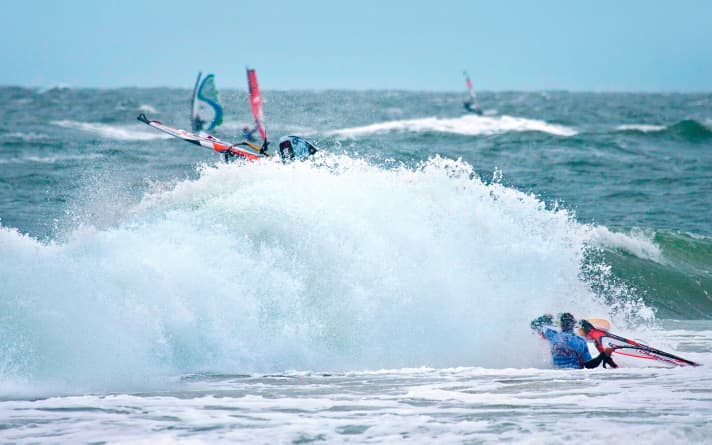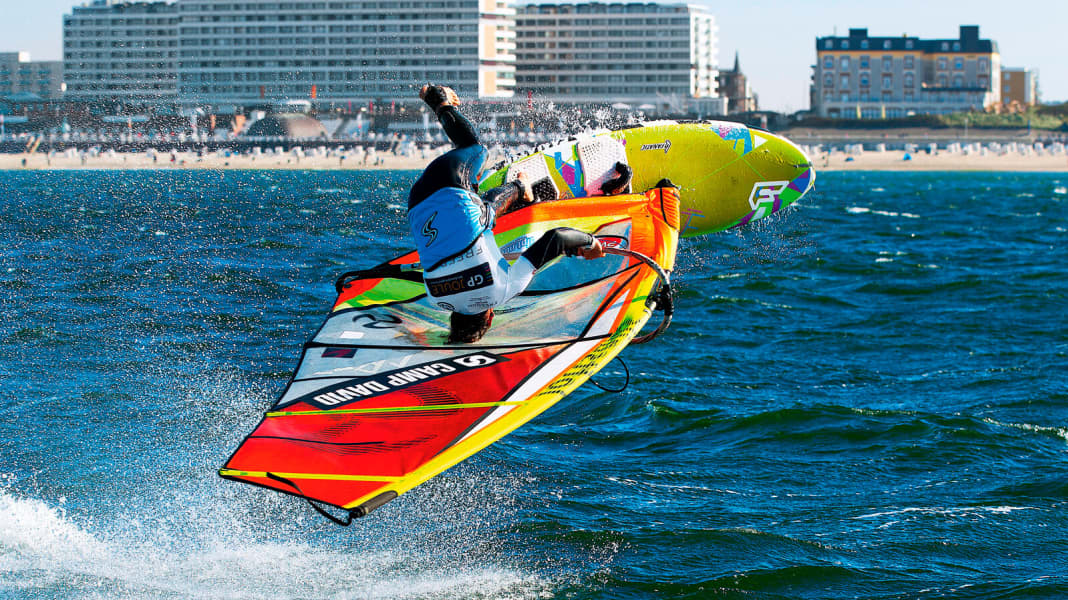

Fortunately, serious accidents are the exception in windsurfing, especially when compared to other fun sports such as snowboarding, skiing or skating. Thanks to the landing in the water, falls are usually harmless. But it is precisely the water that can make it so dangerous - windsurfers repeatedly fall onto the equipment and then run the risk of drowning while lying unconscious in the water: The accidents of worldcupper Boujmaa Guilloul - who, like Sara Garcia Asensi just recently, landed on the equipment during a jump and almost drowned - or that of regatta veteran Thomas Gläser, who injured his cervical spine so badly in a skidding fall in spring 2016 that he had to be rescued, show that the sea not only gives us moments of happiness, but also harbours dangers. This makes it all the more important to be able to help quickly and correctly if the worst comes to the worst. So if you have to answer the question "Would you know what to do in such an emergency?" with "No", these tips will help you to mentally prepare for such an emergency.
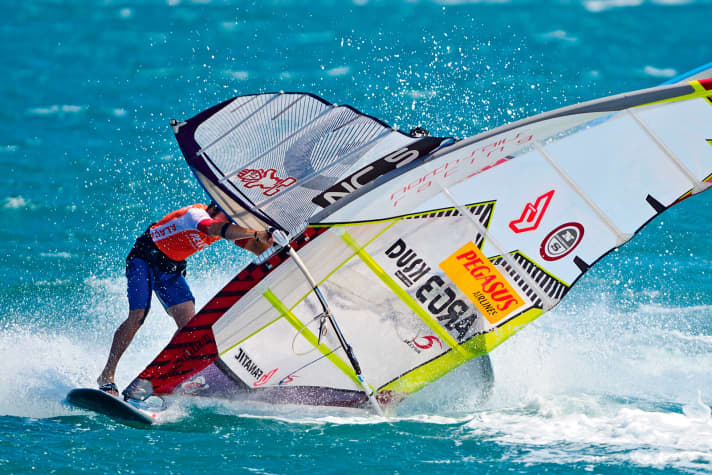
1. do not put yourself in danger! This most important rule applies to road traffic as well as on the water. It may sound strange at first, but every year rescuers die in ill-considered rescue attempts. No rescuer is helped if he/she has to rescue several people instead of one injured person.
2. secure and get support If you witness a fall and the surfer subsequently stops moving and is unresponsive, never lose your board from your reach: your board is your life raft, you can use it to transport the injured person on it and conserve your own strength. If the surfer does not respond to your approach, get help by calling for more surfers. The more help you have, the better. If several surfers come to help, one of them should go to the beach and inform the rescue organisation (DLRG/Wasserwacht). TheThe emergency number on land in Germany is "112". In the event of accidents at sea, e.g. if someone has drifted away from the shore, you can call the number of theDGzRS sea rescue call. This is+49/421/536870. It doesn't matter in which country the accident happens, help is guaranteed to be organised by the sea rescuers! It is best to programme the telephone numbers into your mobile phone.
3. transport in water The neo and harness normally ensure that an unconscious person floating in the water does not sink. However, it is important that you prevent the head from sinking: swim towards the unconscious person from the head, turn him onto his back and hold his head above water with both hands. Caution: Do not hold on to the neck, as there is a risk of strangulation! You can also grab him under the arms and make swimming movements with your legs. Make sure you keep your arms straight so that your legs are not hindered when swimming. Swim backwards to your board, your life raft. When swimming, pay particular attention to ensuring that the unconscious person's head remains above the surface of the water. If you manage to do so, place the unconscious person on their back on the board.
4. help on the water or quickly to the beach? What has priority? Comprehensive rescue measures are only possible on the beach. Measures such as rescue breathing and chest compressions are very difficult to perform on the water and much less effective than on land. These measures should not unnecessarily delay transport to the shore. The following therefore applies: rapid transport to the shore is more important than difficult first aid on the water.
5. recognise breathing, give breaths If an accident happens further out and it is foreseeable that you will not make it to the beach within a few minutes, you must be aware that the brain will be irreversibly damaged after four to five minutes without an oxygen supply. Therefore, in such a case, you should check the injured person's breathing. You can do this by carefully hyperextending the casualty's head and making sure that the chest rises (1).
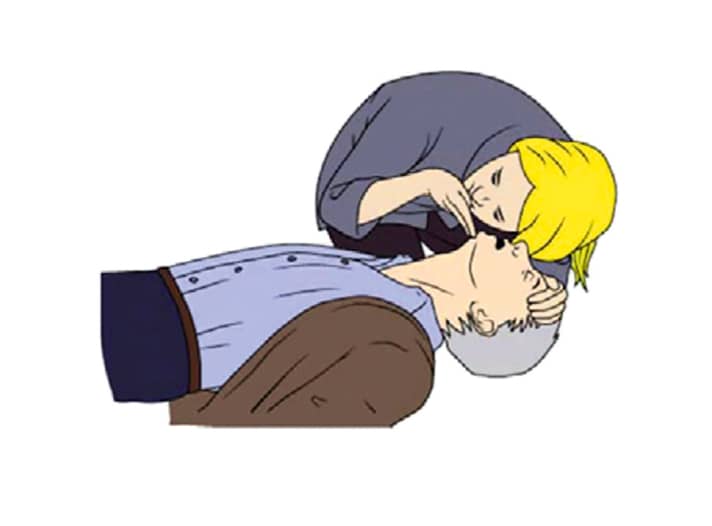
If you are not sure whether the casualty is breathing, act as if the casualty is not breathing. If he is breathing on his own, concentrate on transporting him quickly to the shore and check his breathing regularly. If he is not breathing, give him artificial respiration by covering his mouth, carefully stretching his head backwards and blowing twice into his nose so that his chest rises. Then continue swimming. There is no exact guideline as to how often and when you should ventilate a person in this special case. Try about ten times per minute. Make sure that you do not delay the transport too much and also be aware of your own strength.
6. chest compressions on the water - useful or a waste of time? A cardiac massage is essential for survival if the casualty no longer has a pulse. It is difficult to determine and perform this while swimming in the water. At best, you could try it if there are several rescuers and the unconscious person is lying stable and secure on a large board. One rescuer must kneel over the injured person - this is virtually impossible on most surfboards. So instead of wasting a lot of time on ineffective CPR on the water, try to get to the beach as quickly as possible and continue the rescue efforts there.
7. from water to land Try to bring the unconscious person ashore as gently as possible, i.e. without bobbing the head or hanging down the arms/legs and in an extended supine position. A surfboard can be used as a stretcher. The neck, spine or arms and legs may not be visibly injured as a result of the fall. Get helpers to help you. If you are unable to pull the unconscious person onto a board, grab the unconscious person's forearms from behind under their arms ("Rautek rescue grip") and pull them backwards onto the beach.
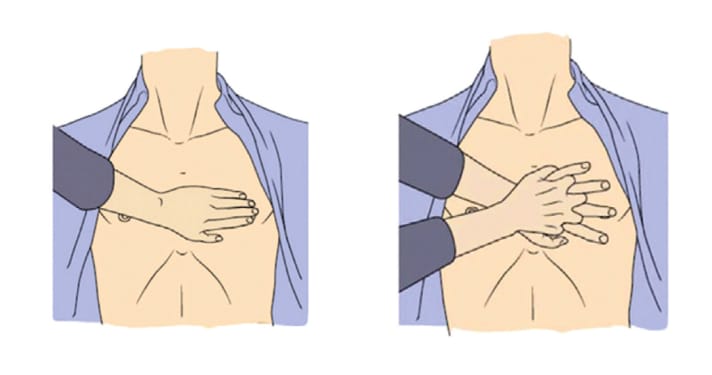
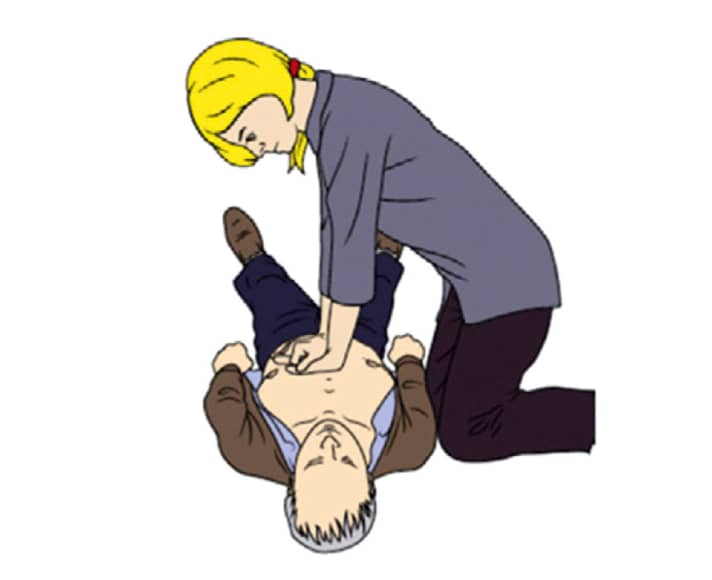
8. resuscitation If the injured person has no pulse and is not breathing, they must be resuscitated. To do this, they should lie on their back on a hard surface (e.g. a board). Bend vertically over the sternum, straighten the arms and place the ball of one hand on the centre of the chest (2). Place the second hand on top of the first and press down about five centimetres (3). Then release your arms again so that your chest can rise. Try to do this about 100 times per minute. After 30 chest compressions, give two ventilations. Carry out the resuscitation measures until the rescue team arrives or the casualty is breathing on their own again.
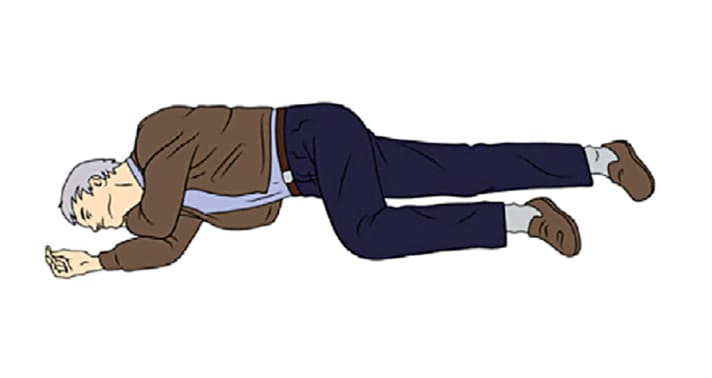
In this case, check breathing and pulse at least every two minutes and place the casualty in the recovery position (4): Turn him onto your side and stretch his head over. To stabilise them, place your hand under their head and pull the knee on top towards you. This will keep the mouth and thus the airway open. If possible, do not leave the patient alone at this point. He may stop breathing on his own again at any time. Then you must start cardiopulmonary resuscitation again. Therefore, check breathing and pulse at least every two minutes.
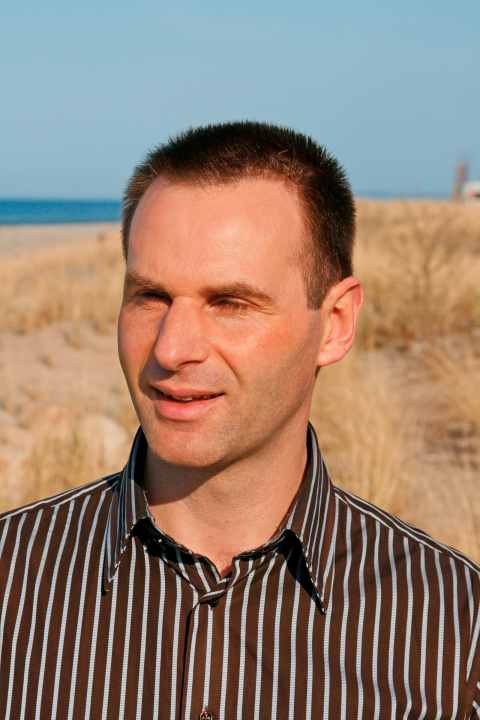
I wish you all a healthy year and hope that you won't need these tips.
Best regards, Dr Wolfgang Klauß
